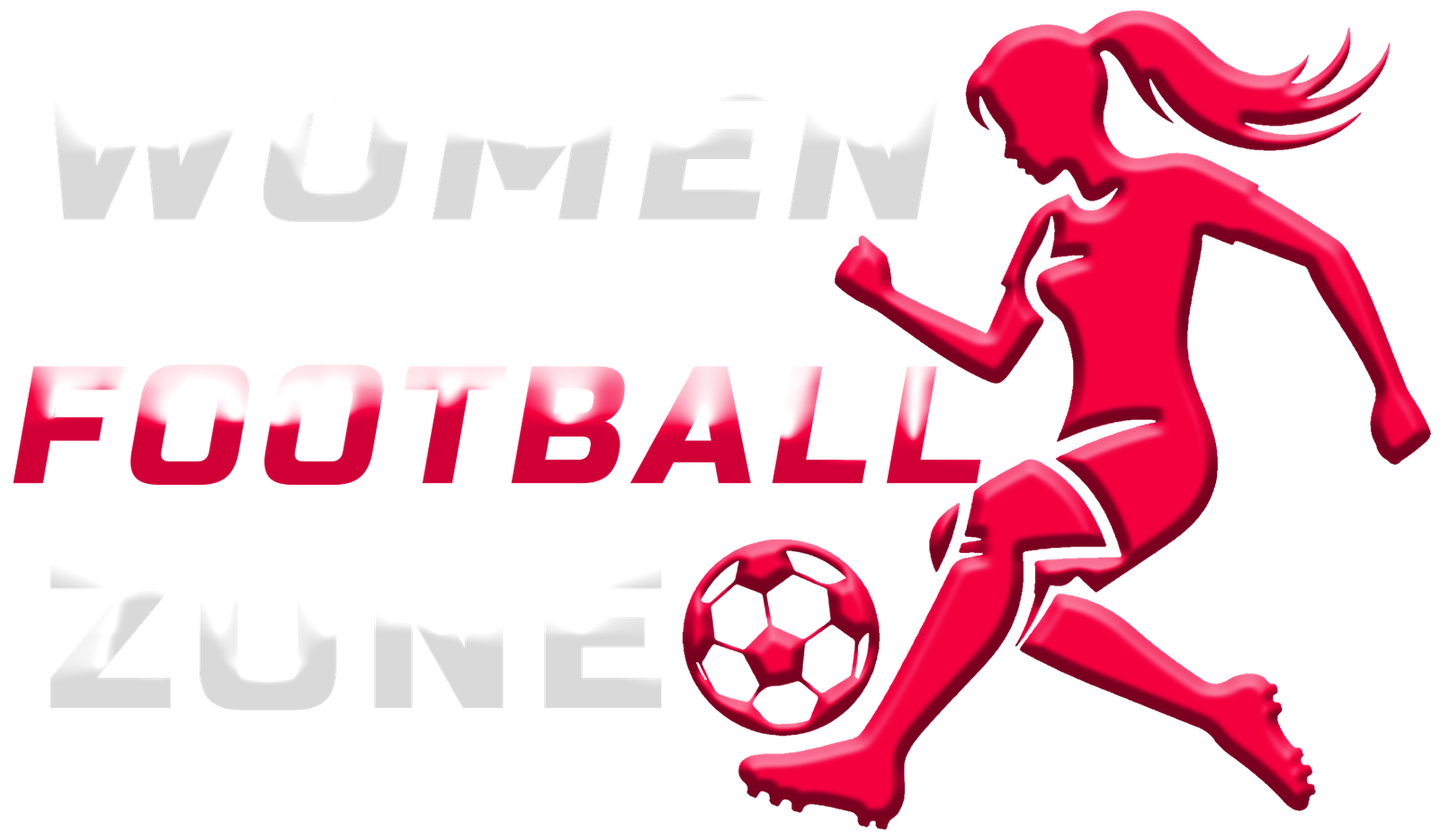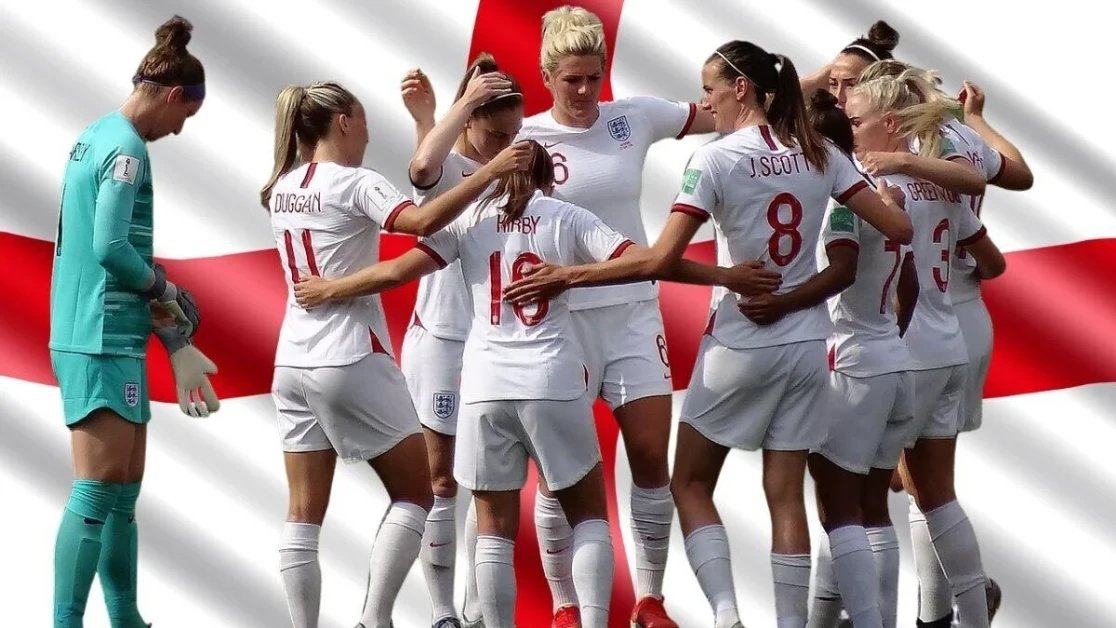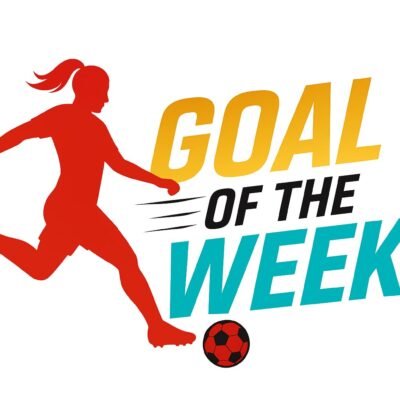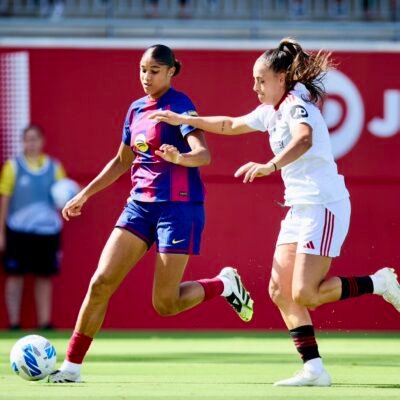Table of Contents
Women’s football in England has undergone a seismic transformation over the last decade. What was once an underfunded, underappreciated niche of the sport has blossomed into a thriving professional league that commands global attention. The Barclays Women’s Super League (WSL) sits at the epicenter of this evolution, redefining how women’s football is played, watched, and perceived. With prime-time TV slots, massive sponsorship deals, and a growing fan base, the WSL has cemented its place not only in England’s football ecosystem but also on the international stage.
But this wasn’t always the case.
Just a couple of decades ago, women’s football was battling for recognition, let alone resources. Today, the WSL is a proving ground for some of the world’s top talent and a critical pipeline for England’s national team. This rise hasn’t happened overnight—it’s the result of deliberate planning, relentless advocacy, and growing public support. In this blog post, we’ll take a deep dive into the roots, evolution, and impact of the WSL—showcasing how it became England’s powerhouse of women’s football.
The Historical Roots of Women’s Football in England
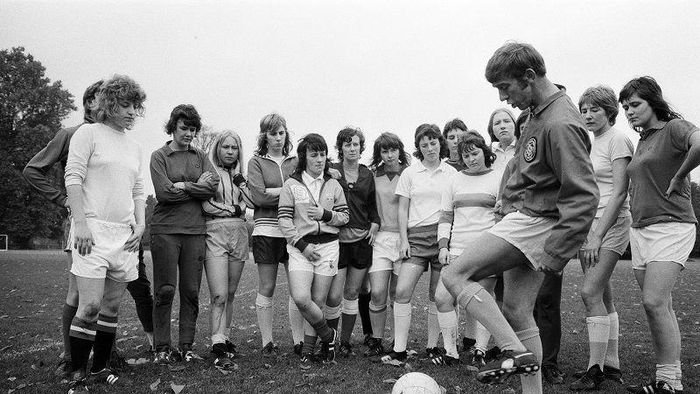
To understand the rise of the Women’s Super League, we have to rewind the clock to the early 20th century. Believe it or not, women’s football was once a crowd-puller even back then. During World War I, when many men were off fighting, women took up roles in factories—and on football fields. The Dick, Kerr Ladies FC, one of the earliest and most famous women’s teams, drew crowds of over 50,000 during the war years.
However, in 1921, the Football Association (FA) controversially banned women from playing on Football League grounds, calling the sport “quite unsuitable for females.” That decision crushed the momentum of women’s football, pushing it into the shadows for decades. Without access to proper facilities or organizational support, the sport barely survived through grassroots efforts and local competitions.
The FA eventually lifted the ban in 1971, but the road to revival was steep. Women’s teams played in obscurity, often struggling for access to pitches, funding, and basic equipment. The formation of the Women’s Football Association (WFA) helped keep the sport alive, but it wasn’t until the FA took over the administration of women’s football in 1993 that things began to change significantly.
The 1990s and early 2000s were foundational, marked by incremental growth and occasional media flashes. But a truly transformative leap was still missing—until the idea for a fully professional league emerged.
Birth of the Women’s Super League
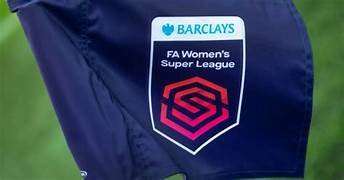
The concept of the Women’s Super League was born out of the need for a more competitive, visible, and commercially viable top-tier women’s league in England. Before the WSL, the FA Women’s Premier League was the highest level of the women’s game, but it lacked financial muscle, media coverage, and the kind of attention needed to grow the sport.
The FA announced plans for the Women’s Super League in 2009, aiming to professionalize the sport and create a platform that could attract top talent and serious investment. The WSL was designed to be a summer league—unlike the men’s game—to avoid competition with other football calendars and gain more attention during quieter sporting months.
The Inaugural Season (2011)
In 2011, the FA WSL officially launched with eight teams: Arsenal, Birmingham City, Bristol Academy, Chelsea, Doncaster Rovers Belles, Everton, Lincoln Ladies, and Liverpool. The structure was semi-professional, and many players still juggled day jobs or education alongside their football careers.
Arsenal, already a powerhouse in women’s football, dominated the first season, finishing unbeaten. But more than results, the league’s birth represented a critical psychological shift. For the first time, women’s football in England had a dedicated, elite-tier competition with the full backing of the FA.
Attendance was modest at first, with games drawing a few hundred to a few thousand spectators. But the seeds of transformation were planted. The inaugural season attracted BBC coverage and highlighted the enormous potential for growth if the league could secure investment and visibility.
The WSL wasn’t just about football; it was about building a brand, establishing identities, and showing young girls that football could be a viable career path.
Professionalization and Sponsorship Milestones
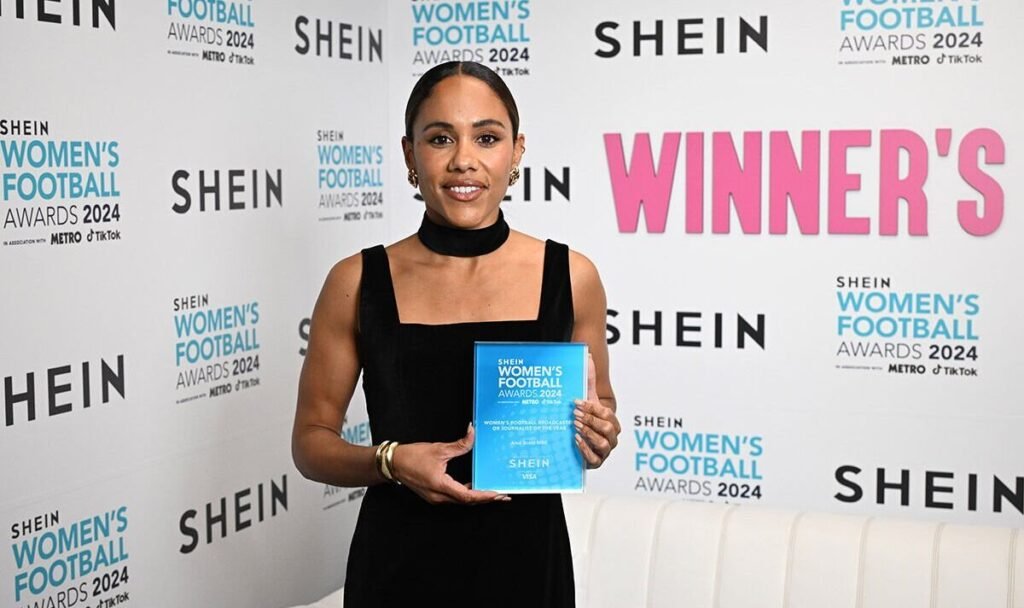
The first few seasons of the WSL were about establishing credibility and continuity. But to move the needle further, the league needed serious financial backing and a path toward full professionalization. That’s where Barclays stepped in.
In 2019, Barclays signed a landmark sponsorship deal with the FA, reportedly worth £10 million over three seasons. It was the largest commercial investment in women’s sport in the UK at the time. This deal didn’t just bring money—it brought legitimacy. With a bank of Barclays’ stature putting its name on the league, perceptions shifted dramatically.
Suddenly, the WSL wasn’t just a niche passion project—it was a serious business venture with national importance.
This influx of funding allowed clubs to invest in facilities, coaching staff, medical teams, and—most importantly—full-time contracts for players. Clubs like Chelsea, Arsenal, and Manchester City led the charge, turning their women’s teams into fully professional outfits capable of attracting global talent.
Media Coverage and Broadcasting Rights
Another game-changing development was the introduction of major broadcasting deals. Sky Sports and the BBC acquired rights to televise WSL games from 2021 onwards, ensuring widespread domestic coverage. This was monumental—not just for fans, but for players whose performances could now inspire on a national and global stage.
Streaming platforms also played a role, particularly for international audiences. The FA Player, a free streaming service, helped expand the league’s reach beyond UK borders, bringing in fans from the US, Europe, and Asia.
With prime-time slots and weekly highlights, the WSL became more than just a football league—it became must-watch TV.
Development Pathways and Youth Academies
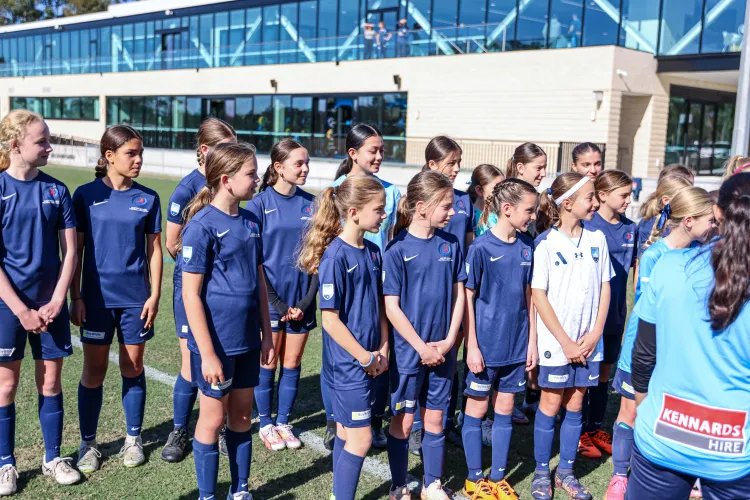
One of the unsung heroes in the story of the Women’s Super League is its role in nurturing the next generation of footballing talent. The WSL has gone beyond just showcasing stars—it has become a vital ecosystem for producing them. Development pathways, driven by both the FA and club-level academies, are ensuring that the future of women’s football in England is not just bright but fiercely competitive.
When the FA laid the foundations for the WSL, they knew that long-term success wouldn’t come from just importing international talent. There needed to be a homegrown pipeline, capable of identifying and nurturing players from a young age. This led to the creation of the FA Girls’ England Talent Pathway (ETP), a structured development model that scouts, trains, and mentors girls from grassroots to elite levels.
But it’s not just about national programs. Clubs in the WSL have embraced youth development like never before. Top-tier teams like Arsenal, Manchester City, and Chelsea have built robust academy systems that mirror their men’s setups. These academies scout players as young as eight, offering them structured training, nutrition, education support, and pathways to first-team football.
What’s even more promising is how early these academies give opportunities to talented youngsters. We’re seeing players like Lauren James and Jess Park break into senior squads as teenagers, having come through academy systems. This trust in youth isn’t just good for the clubs—it strengthens the national team, ensuring a steady supply of skilled, game-ready players.
Moreover, the visibility of academy graduates on major stages acts as a powerful motivator for young girls across the country. Seeing someone their age, from their town, playing for a top club or wearing the England shirt is more inspiring than any marketing campaign. It shows that the dream is real—and reachable.
The WSL’s Competitive Edge

One of the most fascinating aspects of the WSL’s rise is how quickly it’s developed into a fiercely competitive league. Unlike some women’s leagues around the world where one or two teams dominate, the WSL features a dynamic and unpredictable race each season. The league’s structure, balance, and emphasis on talent development have created a product that’s not just elite—but exciting to watch.
The WSL follows a standard league format with 12 teams playing each other home and away, totaling 22 matches per team per season. Simple, right? But within this format lies a treasure trove of drama. Title races often go down to the wire, relegation battles stay hot until the final day, and even mid-table clashes can flip expectations.
What makes the league so engaging is the range of styles on display. Chelsea’s high-pressing attack contrasts with Manchester City’s possession-heavy control. Arsenal’s technical brilliance squares off against Aston Villa’s physicality and counterattacking flair. These diverse tactics keep fans hooked and ensure that no two matches feel the same.
It’s also worth mentioning the parity across the table. While clubs like Chelsea and Arsenal have set high standards, emerging teams like Manchester United Women and Brighton & Hove Albion are closing the gap with every passing season. This competitive balance is rare in global women’s football and is a testament to the league’s structure and investment model.
Add to this the international stars gracing the league—Australia’s Sam Kerr, the Netherlands’ Vivianne Miedema, and the US’s Catarina Macario to name a few—and you have a melting pot of global talent and tactics.
Let’s not forget the fans, either. Their growing passion has transformed stadiums into fortresses and rivalries into headline stories. Whether it’s the North London derby or a title-decider between Chelsea and Arsenal, the WSL delivers drama on par with any men’s league.
Arsenal, Chelsea, and Manchester City – The Powerhouses
When discussing the WSL’s rise, you can’t ignore the trifecta that has shaped much of its competitive landscape: Arsenal, Chelsea, and Manchester City. These three clubs haven’t just dominated the standings—they’ve raised the bar for what excellence looks like in women’s football.
Arsenal Women were trailblazers long before the WSL era. With a history of domestic and European success, they brought credibility to the league in its formative years. Players like Kelly Smith, Faye White, and more recently Leah Williamson have worn the red and white with distinction. Arsenal were also the first English women’s team to win the UEFA Women’s Cup (now Champions League) in 2007, setting a standard that others would follow.
Chelsea Women, under the leadership of Emma Hayes, have arguably been the face of the modern WSL. Backed by a strong infrastructure and smart recruitment, Chelsea have built a team that combines grit, flair, and tactical intelligence. Sam Kerr, Fran Kirby, and Millie Bright have become household names, and their Champions League campaigns have drawn global eyeballs to the league.
Manchester City Women entered the scene later but wasted no time in establishing dominance. With elite training facilities and a commitment to youth, City have become a hub for developing both English and international talent. Players like Lauren Hemp and Chloe Kelly have made massive strides at the club, with City often featuring prominently in both domestic and European competitions.
What ties these clubs together is not just success, but their commitment to the women’s game. From academy investment to media presence, they treat their women’s teams with the same seriousness as their men’s sides. That’s not just commendable—it’s game-changing.
Women’s Super League and International Success
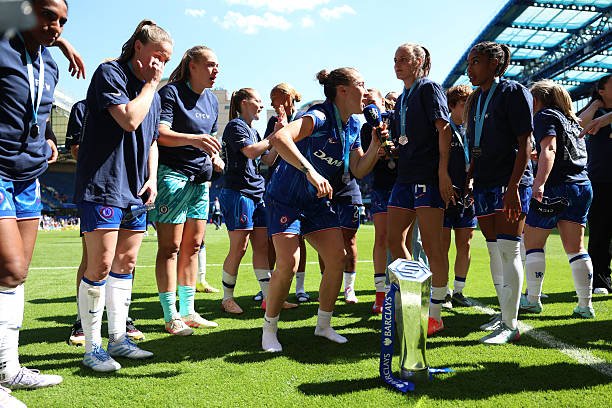
Perhaps the most powerful indicator of the WSL’s impact is its contribution to England’s national team. The Lionesses’ stunning Euro 2022 victory wasn’t just a national triumph—it was a WSL victory too. Every player on that squad either played in or came through the WSL. The league has become the backbone of English football, churning out talent that can compete—and win—on the world stage.
England’s rise in international women’s football has been nothing short of meteoric. And while the FA deserves credit for its strategic vision, the WSL has been the proving ground. Playing week in, week out against top-tier competition sharpens players’ skills, exposes them to different playing styles, and prepares them for the pressures of major tournaments.
It’s not just about England either. The WSL now attracts top players from around the globe, each bringing their own brand of excellence. These international stars raise the level of competition, introduce new tactical wrinkles, and create a cultural mosaic that reflects the league’s global appeal.
There’s also a symbiotic relationship here. While the WSL powers international success, global success feeds back into the league. After the Euro 2022 win, interest in WSL tickets, merchandise, and TV viewership skyrocketed. Suddenly, young girls weren’t just dreaming of playing for England—they were dreaming of playing in the WSL.
And that’s the magic of the league. It doesn’t just nurture talent—it creates idols.
Frequently Asked Questions
What is the salary range for players in the WSL?
Salaries in the Women’s Super League can vary widely depending on the club and the player’s experience. As of recent years, top players at major clubs like Chelsea or Arsenal may earn upwards of £100,000 per year (including bonuses and endorsements), while some players at smaller clubs might earn closer to £20,000–£30,000 annually. The FA and clubs are working to close this gap and raise minimum standards across the league.
How can young girls join a WSL academy?
Most WSL clubs have structured youth programs that start as early as age 8. Aspiring players can join by attending open trials, being scouted at school or grassroots clubs, or applying through the club’s youth development portals. The FA also supports entry through its Emerging Talent Centre (ETC) and England Talent Pathway programs.
Are WSL clubs affiliated with the men’s teams?
Yes, nearly all WSL clubs are affiliated with their male counterparts in the Premier League or Championship. For example, Chelsea Women are part of Chelsea FC, and Arsenal Women are part of Arsenal FC. These affiliations provide access to better facilities, medical teams, and marketing support, although the operational structures often differ.
How are WSL matches scheduled to avoid clashes with men’s games?
The FA and broadcasters work collaboratively to schedule WSL matches to avoid direct competition with high-profile men’s matches, often placing games in standalone time slots on weekends or weekday evenings. This helps maximize attendance and television viewership without overshadowing the women’s fixtures.
How do WSL clubs qualify for the UEFA Women’s Champions League?
The top three teams in the WSL standings at the end of each season qualify for the UEFA Women’s Champions League. The league champion and runner-up typically enter directly into later stages, while the third-place team may need to compete in qualifying rounds, depending on UEFA’s coefficient system for English clubs.

